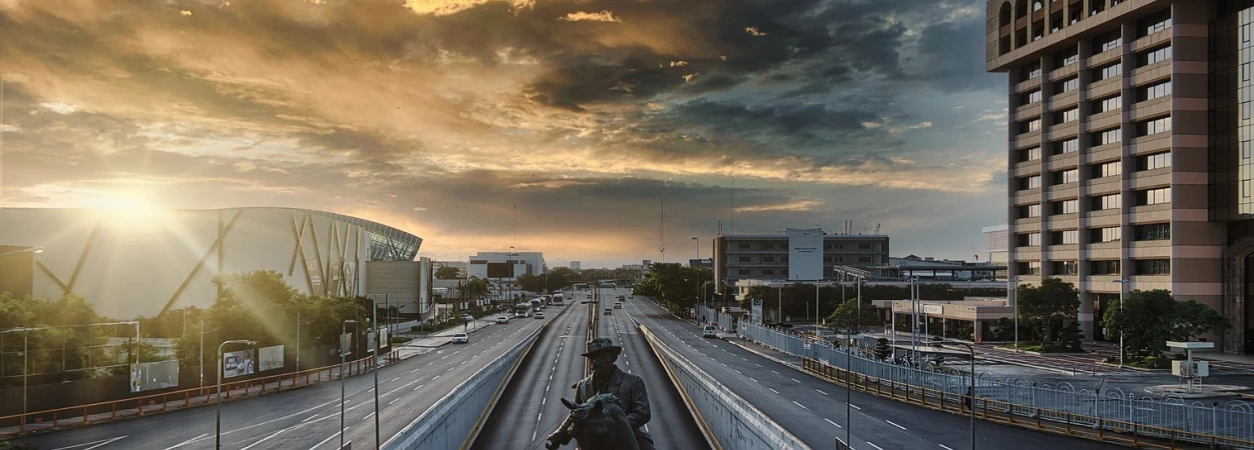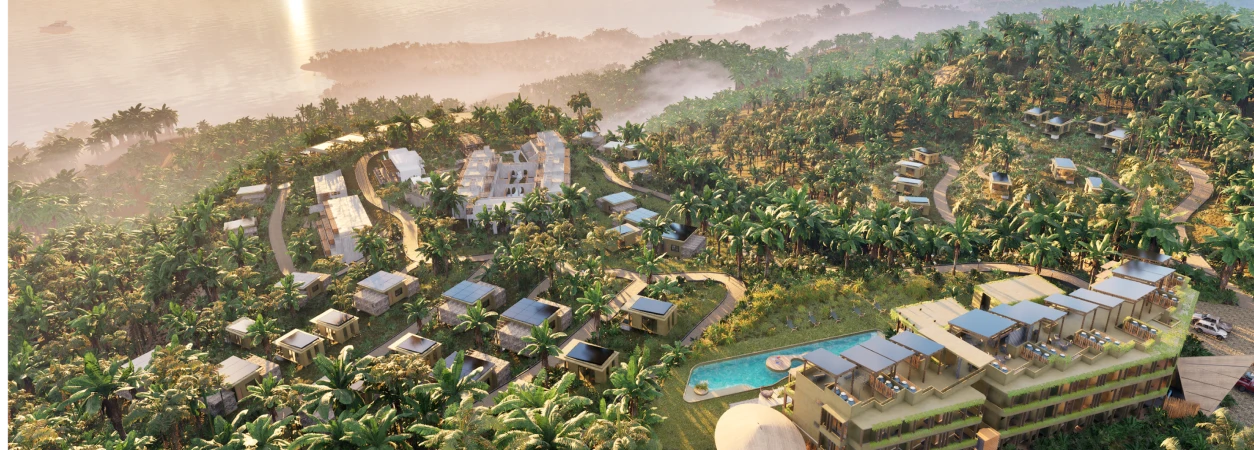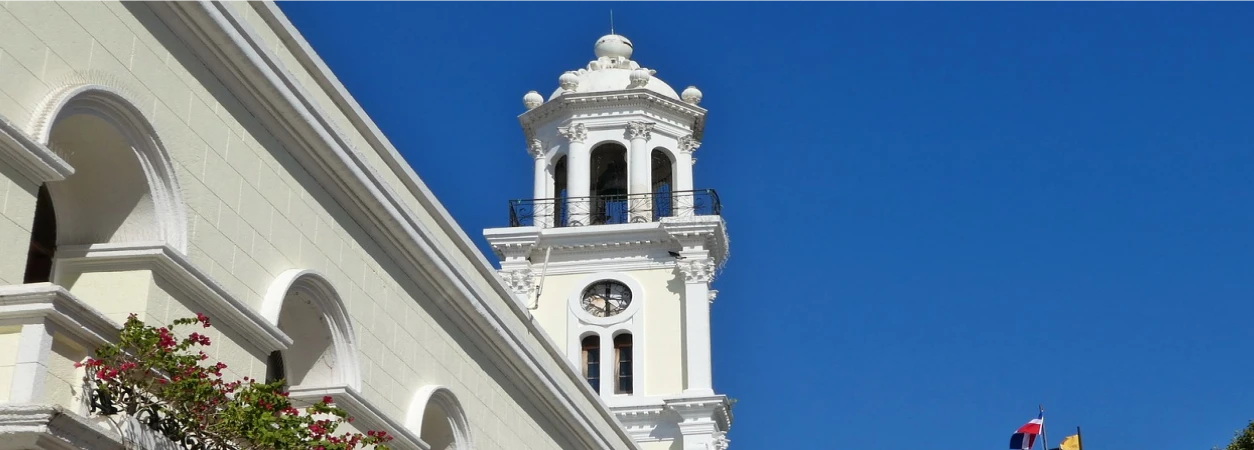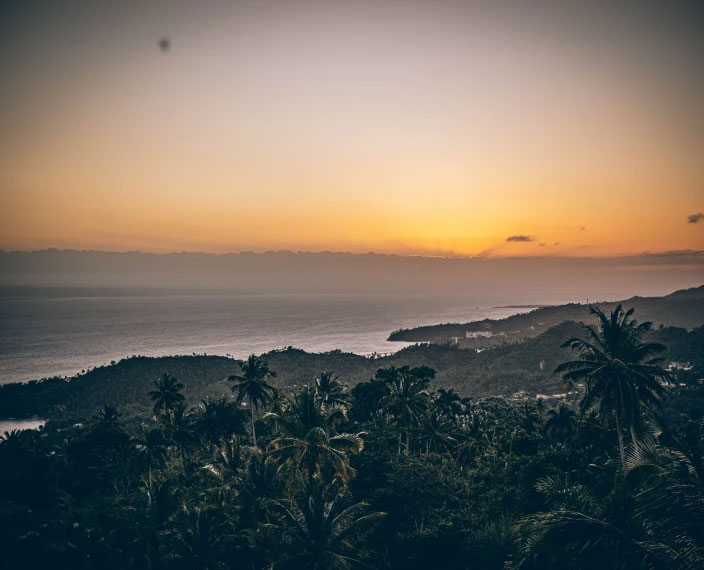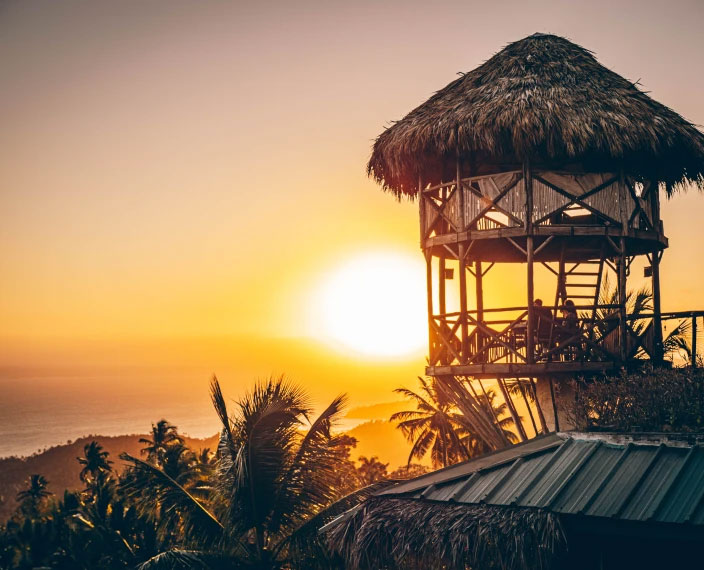Why Dominican Republic?
The Caribbean's crown jewel
A paradise poised for sustainable development
Dominican Republic - The "Why"
Explore the unparalleled allure of the Dominican Republic, a nation that harmoniously blends economic vitality, rich cultural tapestry, and vibrant tourism, setting itself apart as the Caribbean's premier destination.Dominican Republic vs. Haiti
While sharing the island of Hispaniola, the Dominican Republic
and Haiti present stark contrasts.
Key Statistics and Insights
Book your flight today
World at your doorstep
With two rapidly expanding airports, and fast, comfortable transport options from Santo Domingo or Puerto Plata via highways, Samana is more accessible than ever. Whether for a holiday or a long-term stay, traveling to this Caribbean gem is now a breeze.
More reasons to invest in the Dominican Republic
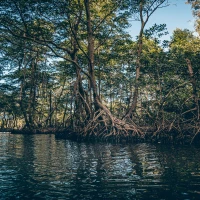
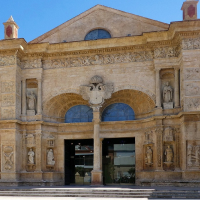
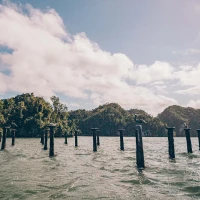
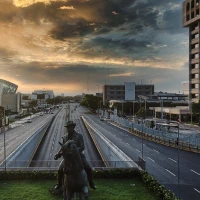
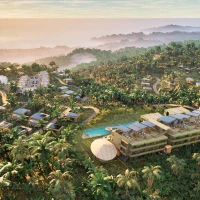
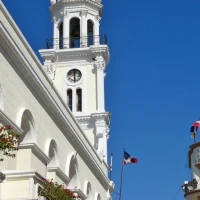
Thrive in the Dominican Republic
A Haven for Education, Healthcare, and Beyond
Discover the beauty of Dominican Republic
Samana Group: Embrace the Dominican Splendor
The Samana Group is at the forefront of showcasing the Dominican Republic’s allure through its exquisite projects and investment opportunities. From luxurious villas to innovative asset swaps, we offer a gateway to the Dominican lifestyle and investment landscape.

Explore our Villas, Apartments & Plots
Discover our range of luxurious villas, offering serene living in harmony with nature.

Investment Opportunities
Dive into diverse investment options, from real estate to credit opportunities, in the thriving Dominican market.
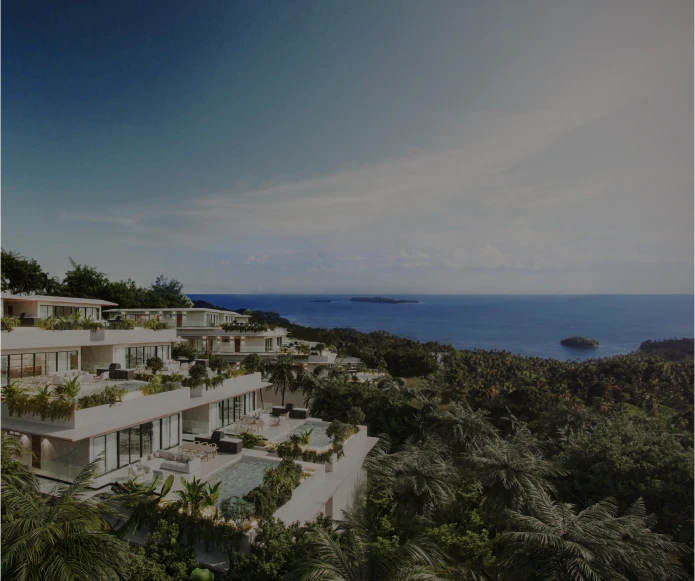
Learn more about Samana
Learn about Samana’s advantages, market trends, investment insights and fall in love with Samana!

Contact Us
Contact the Samana Group today to explore how you can be part of this extraordinary community and capitalize on the myriad opportunities awaiting in the Dominican Republi
Stay up to date!
Follow us on social media
1,592 Posts



